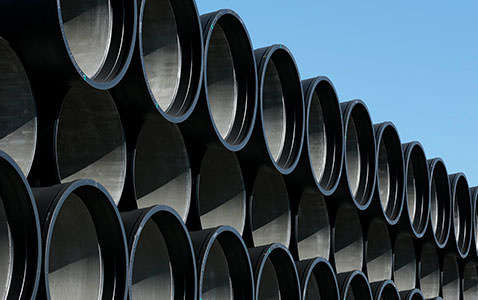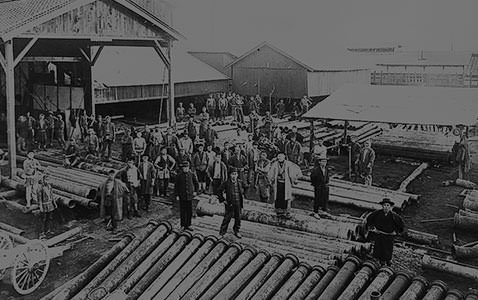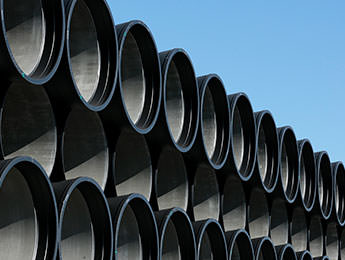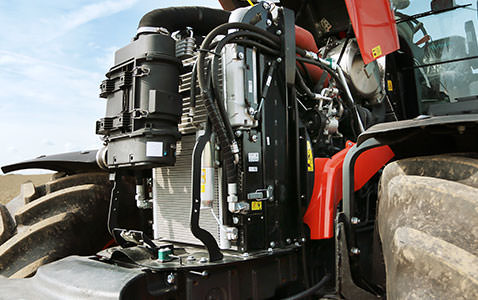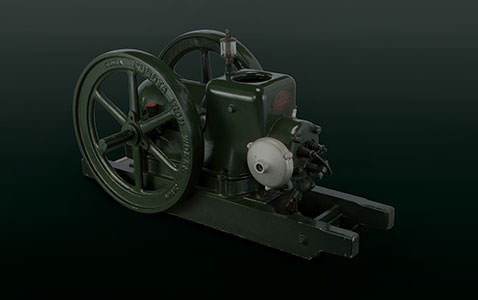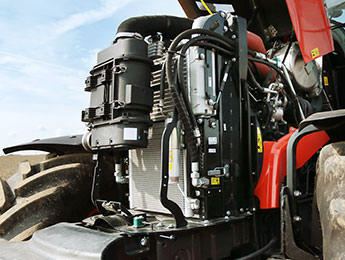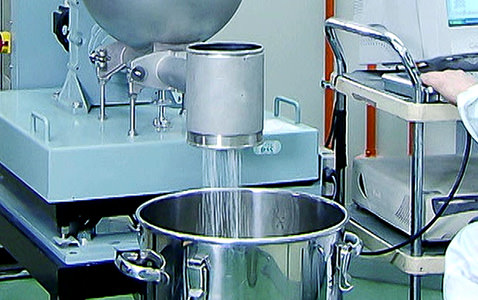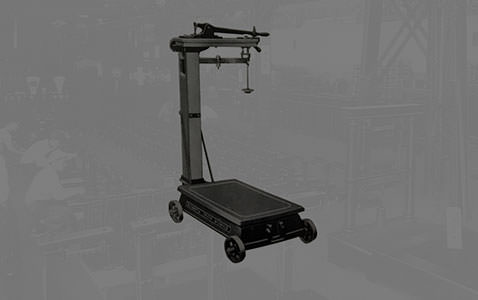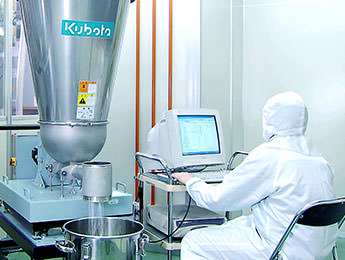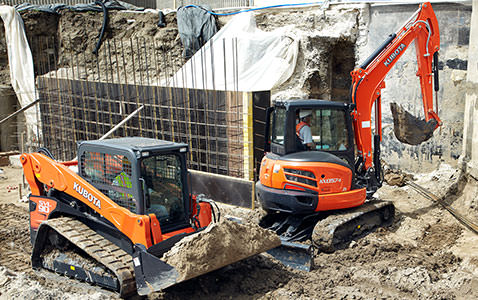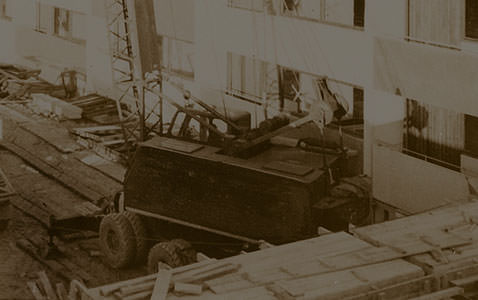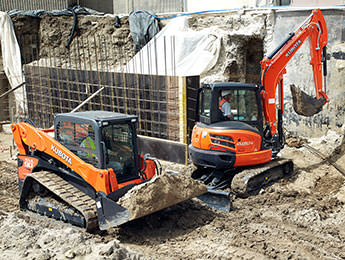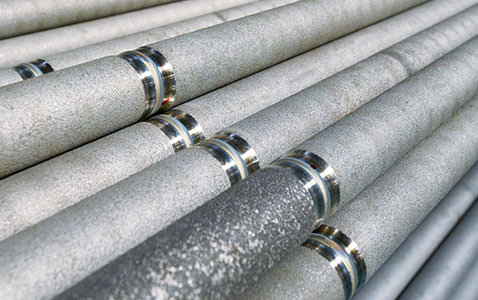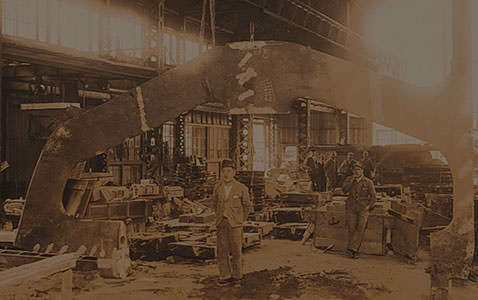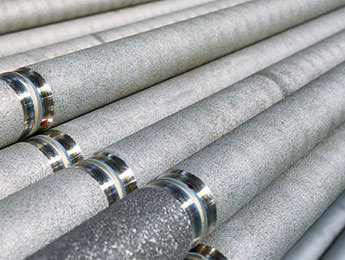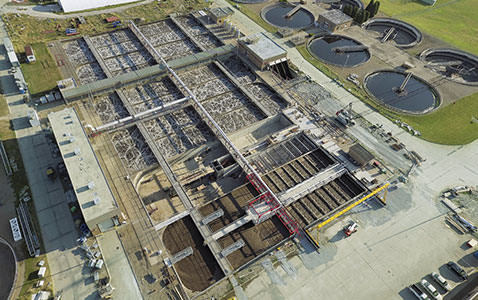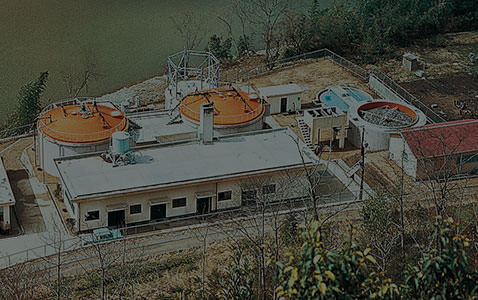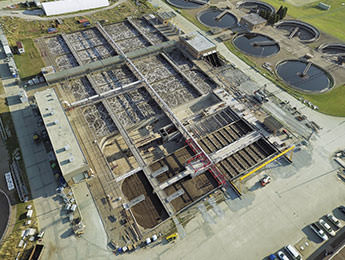Kubota’s Determination and Mission to “Support the World’s Agriculture, leading to a Prosperous Future of Humanity and Food”
Agricultural Machinery
Since its founding, Kubota has advanced together with the progress of Japanese agriculture understanding the struggles of agricultural workers and the changes in the market. Throughout the years, it has pioneered in developing agricultural equipment that meets the needs of the time. The mission of Kubota’s agricultural machinery is to support people and the environment that cultivate crops, which greatly determine whether the world’s future is prosperous or not. As a global leader that leads not only the domestic but also the global market, Kubota will further contribute to solving the challenges of agricultural management.
Scroll Down
Meeting Various Industrial Needs
Materials
Japanese Technology Goes Global
Water Treatment System
1940-1950s
Post-War Reconstruction and the Road to Mechanized Agriculture
During the chaos following the end of World War II, the Japanese people suffered from hunger. Based on the government’s policy to secure food, Kubota resumed its operations starting from manufacturing agricultural equipment engines and chemical castings for fertilizer plants. It contributed to Japan’s recovery by supporting the increased production of crops. It also resumed its research on cultivators, which it had halted during the war.
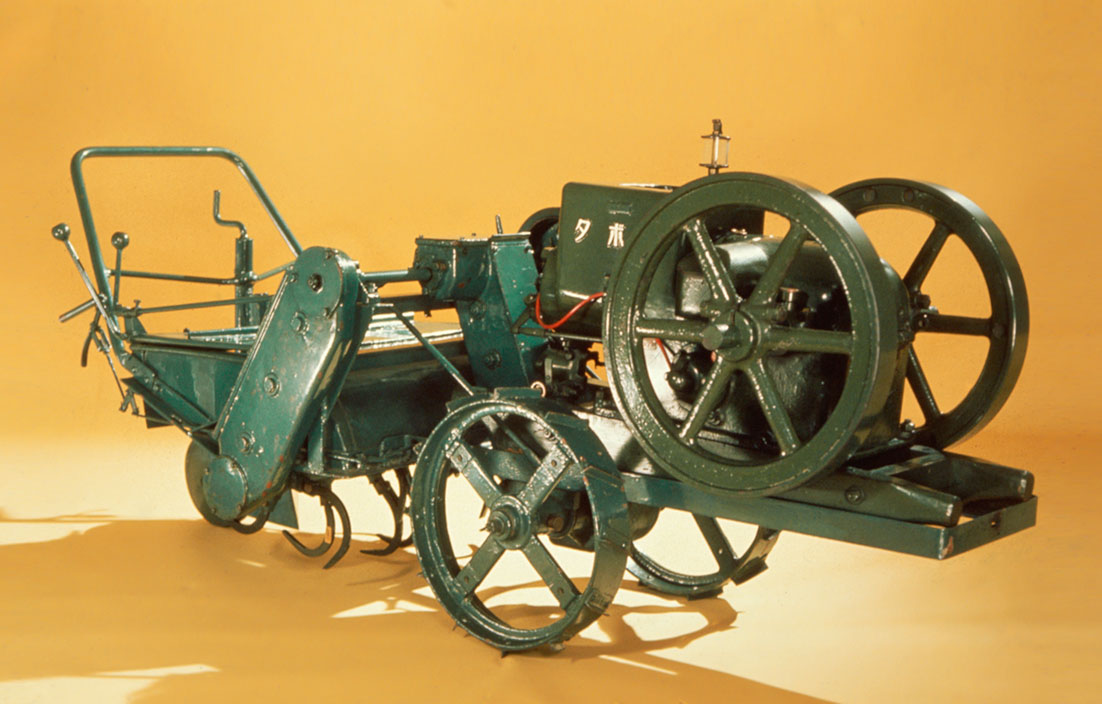
Cultivator
Supporting Increased Food Production After World War II and Pioneering in Agricultural Mechanization
Serious food shortage hit Japan after World War II. Kubota manufactured agriculture-related machinery and contributed to increasing crop production, while developing a cultivator. In time, the dawn of agricultural mechanization arrived.
1950-1960s
The Two Sides of Rapid Growth. The Outflow and Creation of Agricultural Workforce
As the Japanese industrial structure changed with rapid growth and large populations all of sudden moved to urban areas, rural regions faced severe labor force shortage. In order to support the rural communities, Kubota advanced its efforts to improve and develop agricultural machineries. We developed domestic tractors for dry-field farms as well as rice paddies that responded to the needs of Japanese farmers, distinct from those imported from the United States and Europe.
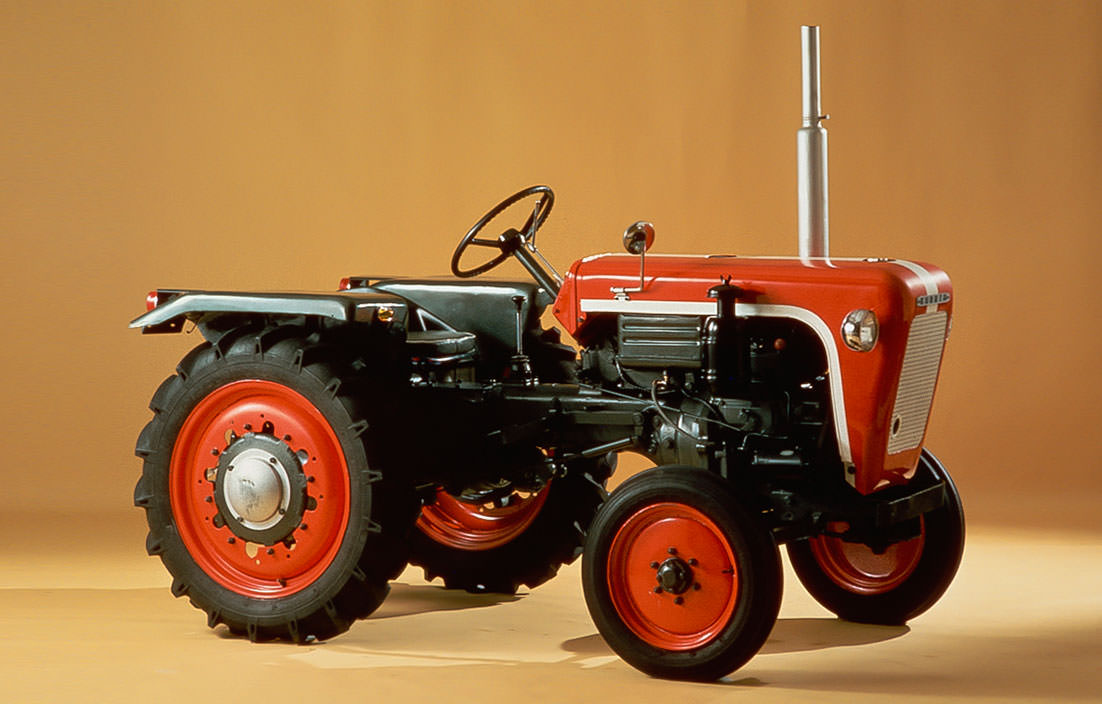
Tractor
Standing by the Farmers, the First Domestic Tractor is Born
The explosive migration of population to metropolitan areas, thriving with rapid economic growth, brought on serious labor shortage in the rural areas. Kubota develops made-in-Japan tractors to support Japanese farmers.
1960-1970s
The Arrival of an Agricultural Machinery Boom Caused by Worldwide Food Shortage
As demand for agricultural mechanization rose since the period of rapid growth, the world started showing signs of food shortage. In response, Japan’s agricultural machinery experienced a boom. In time, the industry went through a transition phase in which agricultural work became a “driving work” rather than a “walking task," and the use of tractors and combines spread drastically, becoming internationally strategic products.
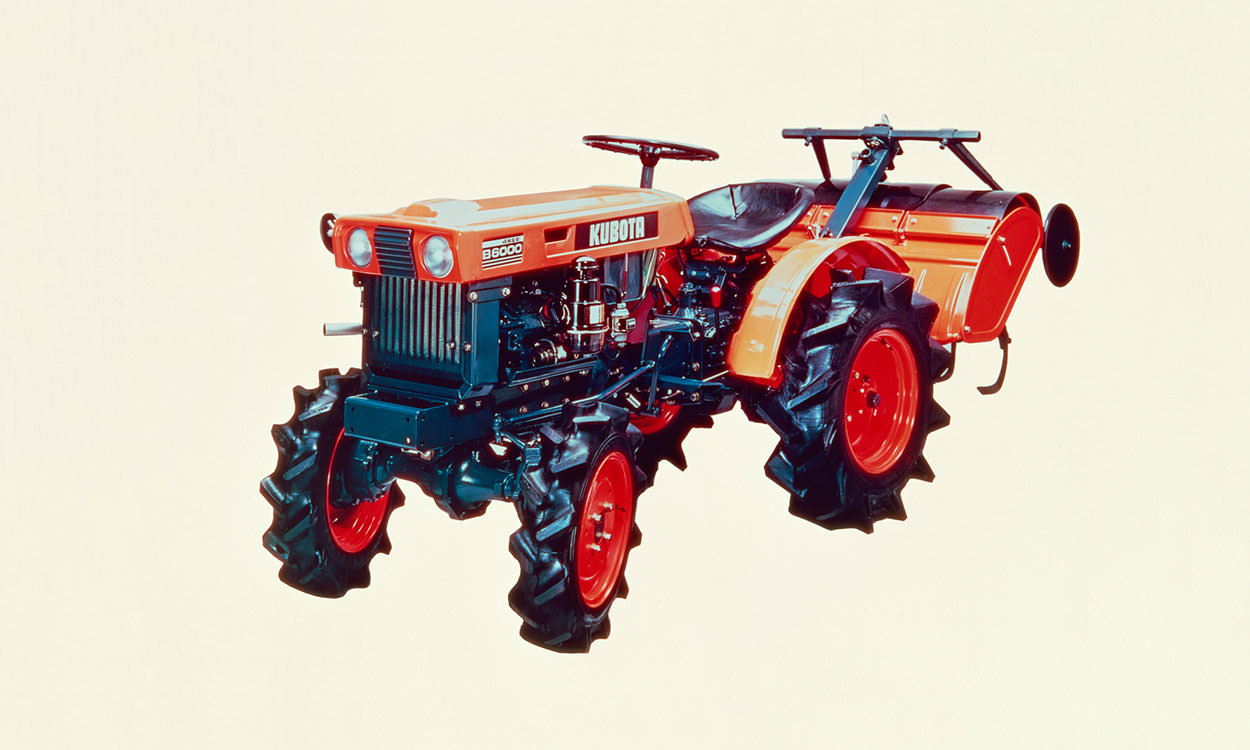
Tractor, Rice Transplanter, Binder, Combine
Tractors and Combines Play the Leading Role in Growth. A Transition to Agriculture, From Walking Task to Driving Work
After the period of rapid economic growth, Kubota dedicated itself to developing agricultural machinery to resolve the issue of declining labor force in rural areas. With a worldwide food shortage and agricultural machinery boom, tractors and combines became widespread explosively, and the “era of tractors and combines” arrived.
1970-1980s
Transition of Time—From Selling Machinery to Selling Services
In 1980, Kubota revised its corporate slogan to “Pursuing a promised future with our technological strength,” as it celebrated its 90th anniversary of its founding. As times changed from selling machinery to selling services, we reaffirmed our commitment to stand by our customers and provide heartfelt services. We created a new tide in the matured agricultural machinery market.
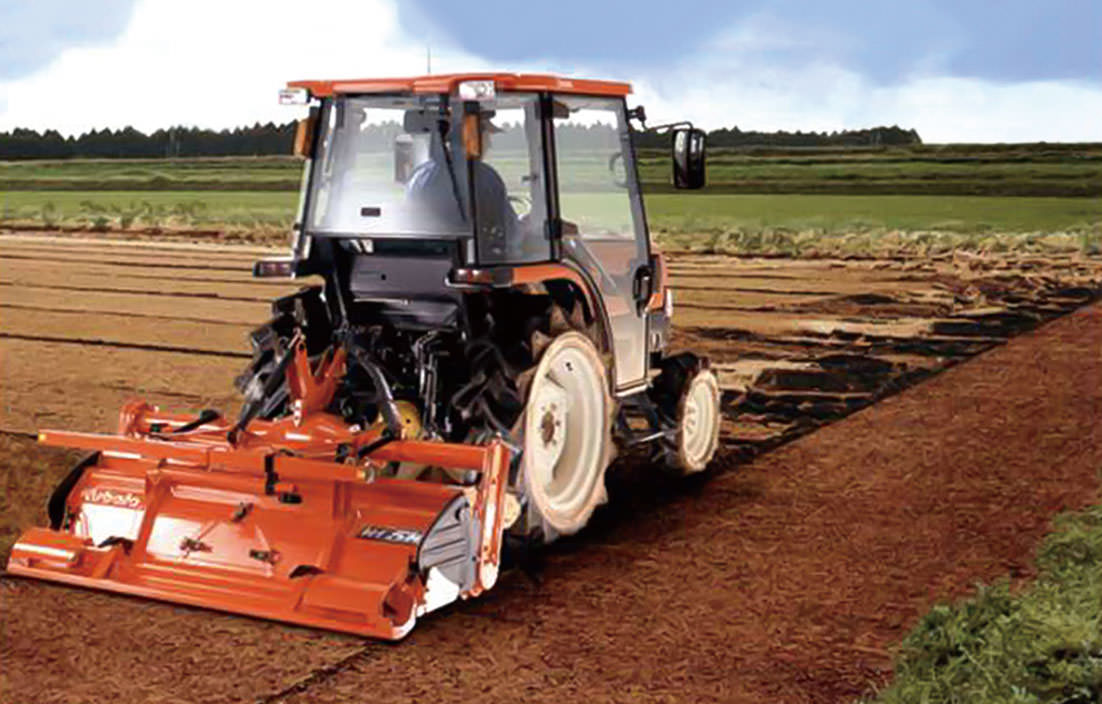
Tractor
The Monroe Sensation. Producing Over One Million Tractors
Kubota developed the Sunshine Monroematic Tractor, combining electronic control system and hydraulic technology. This tractor stood by the farmers and introduced new values to the farms.
2000-2010s
Supporting the World’s Agricultural Industry as a Global Leader
With the challenges of securing labor force, the fluctuating price of rice, and the rise of fuel, fertilizer, and pesticide costs, the reduction of operation cost had become an urgent issue for domestic famers of all sizes. Kubota, which, by this time, had become the industry’s global leader, developed standard-setting new series and expanded its support to farmers inside and outside Japan.
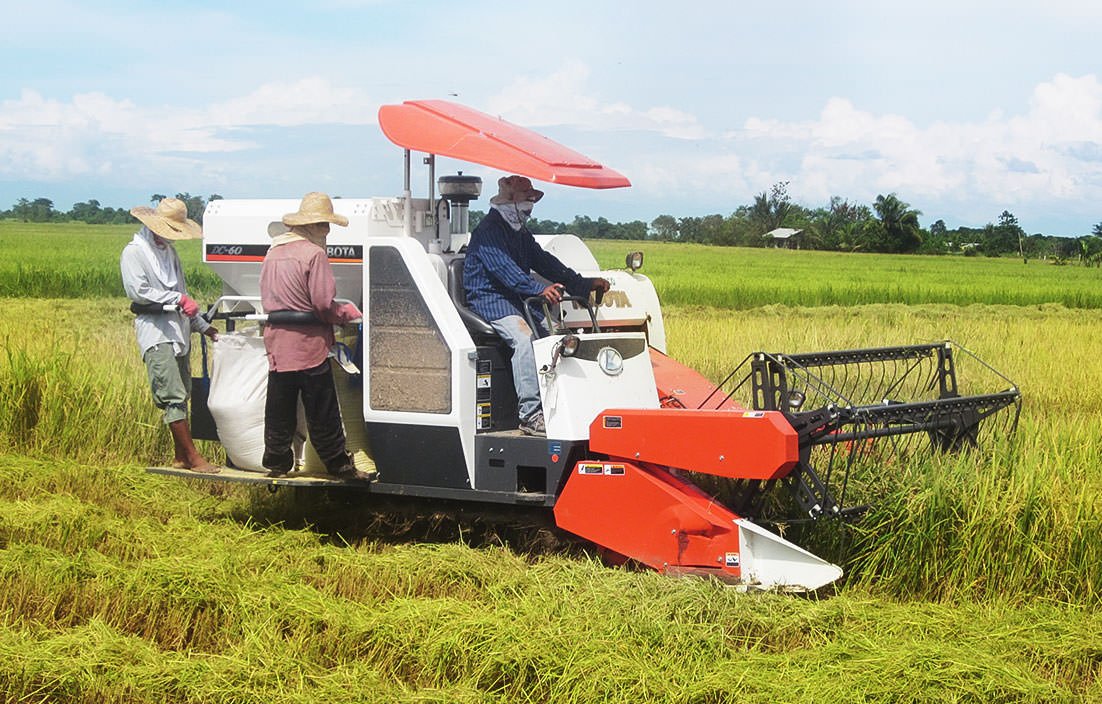
Tractor, Combine
Clean and Fuel Efficient. Products Committed to Supporting Farmers Around the World
Kubota, which became a global leader in the industry, developed a standard-setting new series in order to resolve issues both domestic and abroad. It expands its products, standing by the farmers in different countries and situations.
2016-
Opening a Bountiful Tomorrow with “Agriculture of the Future”
The future of agriculture made possible by today’s application of information and communications technology in various industries and sectors. Kubota, who has led the agricultural machinery industry for 40 years in order to realize farmers’ longtime dreams, created a futuristic solution by ‘visualizing’ agriculture.
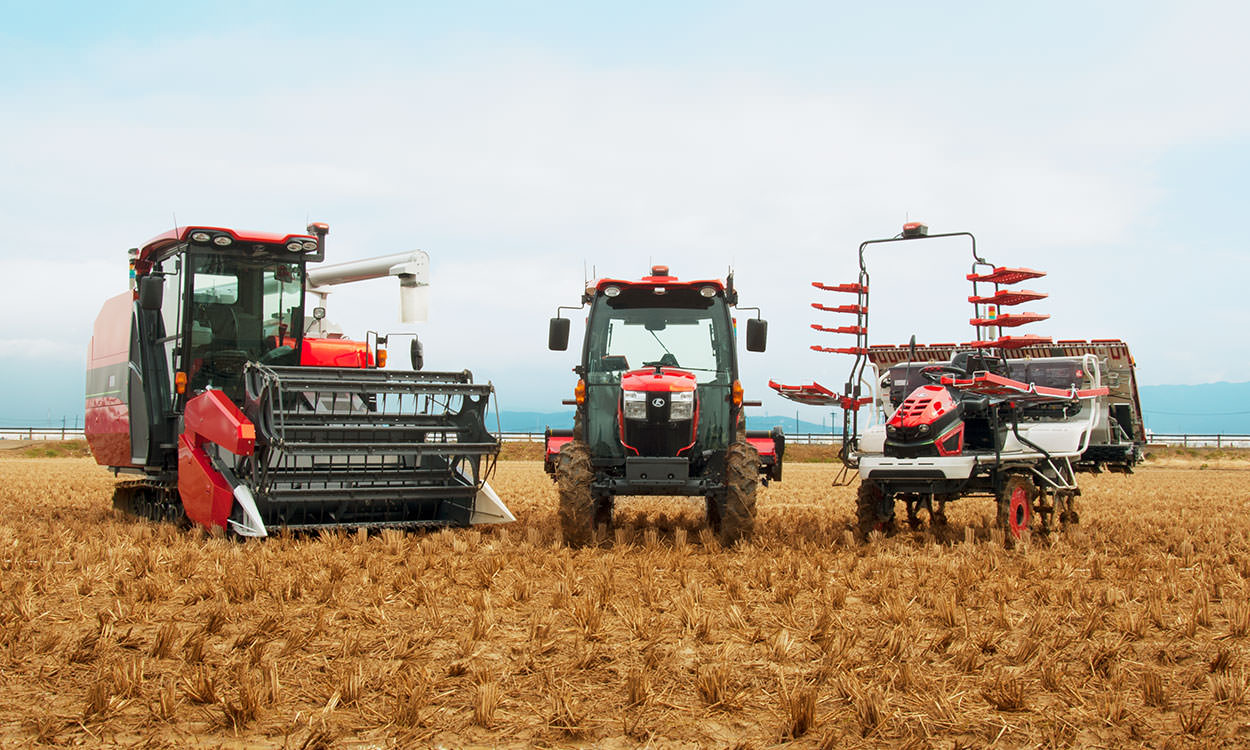
KSAS, Farm Pilot
The Next Generation Machinery Made Possible by State-of-the-Art Technology and Standing By the Farmers
Kubota has always stood by the farmers and developed its technology to solve the problems they faced. This is how it brought together the industry’s best food production technology and original ICT system. The next generation machinery will realize the future of agriculture that Kubota envisions.
